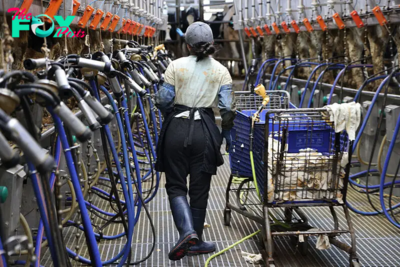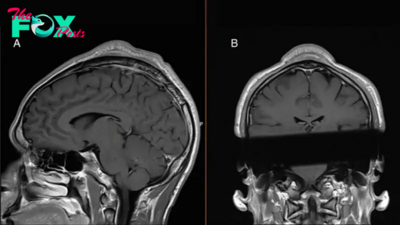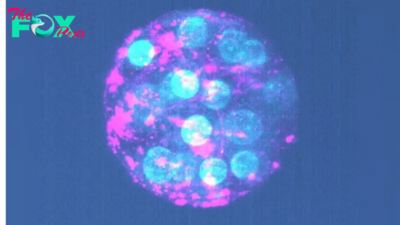Health
Scientist who discovered body's 'fire alarm' against invading bacteria wins $250,000 Lasker prize
A coveted research award that comes with a $250,000 prize is going to a scientist who helped uncover a protein's role in the human body's immune defenses.
Biochemist Zhijian "James" Chen, director of the INFLaMMAtion Research Center and a professor of molecular biology at the University of Texas Southwestern Medical Center, has won one of this year's Lasker Awards — biomedical-research prizes often called the "American Nobels."
Chen led work that resulted in the discovery of a critical enzyme — cyclic GMP-AMP synthase (cGAS) — that acts like a fire alarm in the body. But instead of being tripped by smoke, cGAS activates in response to the DNA of foreign invaders, such as viruses and bacteria. Prior to the discovery of cGAS, scientists didn't know how this DNA set off the innate immune system, the body's first line of defense against foreign substances.

Ilya Mechnikov, who won a Nobel in 1908, discovered phagocytosis, a phenomenon in which one cell gobbles up another. This is one way that immune cells rid the body of disease-causing bacteria. In his Nobel lecture, Mechnikov noted that bacterial DNA somehow awakens a "protective army of phagocytes" in the body — but at the time, no one knew how.
Related: Avi Wigderson wins $1 million Turing Award for using randomness to change computer science
Later research, conducted in the early 2000s, revealed that injecting cells with DNA drove a spike in interferons, immune signals that help stop infections. Scientists then uncovered a group of genes that enables the production of these interferons, which they dubbed "stimulator of interferon genes" (STING). STING does not directly sense foreign DNA, but the DNA somehow activates STING nonetheless.
Starting with a paper published in 2012, Chen and his collaborators finally started filling in the missing links in this chain of events. The first is cyclic GMP-AMP (cGAMP), a molecule that switches on STING when foreign DNA lurks in cells. The second is cGAS, the enzyme that enables the cells of mammals — including humans — to make cGAMP.
-

 Health2d ago
Health2d agoPeople Aren’t Sure About Having Kids. She Helps Them Decide
-

 Health2d ago
Health2d agoFYI: People Don’t Like When You Abbreviate Texts
-

 Health3d ago
Health3d agoKnee problems tend to flare up as you age – an orthopedic specialist explains available treatment options
-

 Health3d ago
Health3d agoThe second Trump presidency could mean big changes for health insurance in Colorado
-

 Health3d ago
Health3d agoIs It Time to Worry About Bird Flu?
-

 Health3d ago
Health3d agoJared Polis praises Trump for choosing anti-vaccine activist Robert F. Kennedy Jr. as health secretary
-

 Health3d ago
Health3d agoJohn Cena’s Workout Routine And Diet Plan: How The WWE Superstar Stays In Shape
-

 Health3d ago
Health3d agoSleep Doctors Share the 1 Tip That’s Changed Their Lives



























